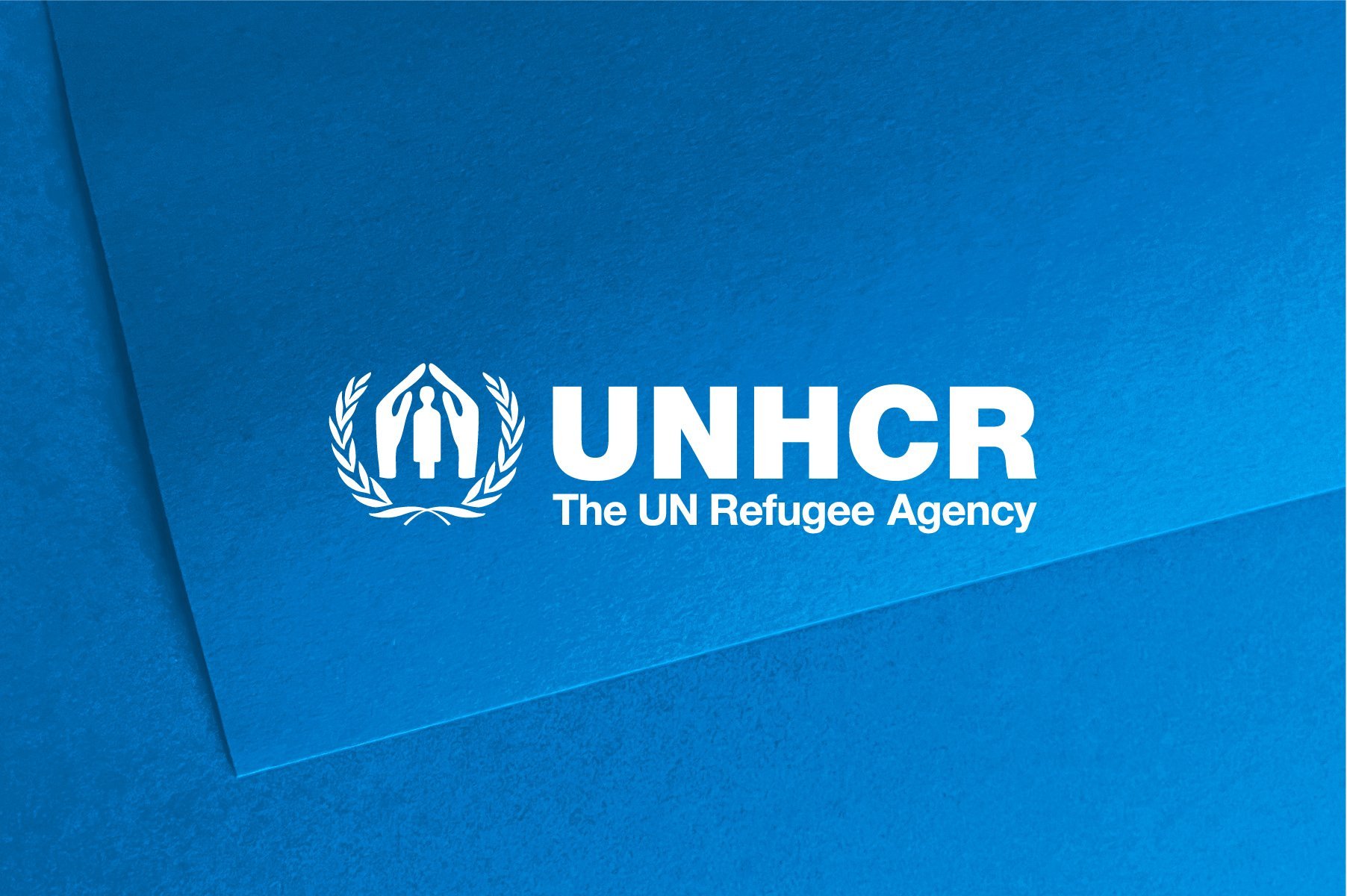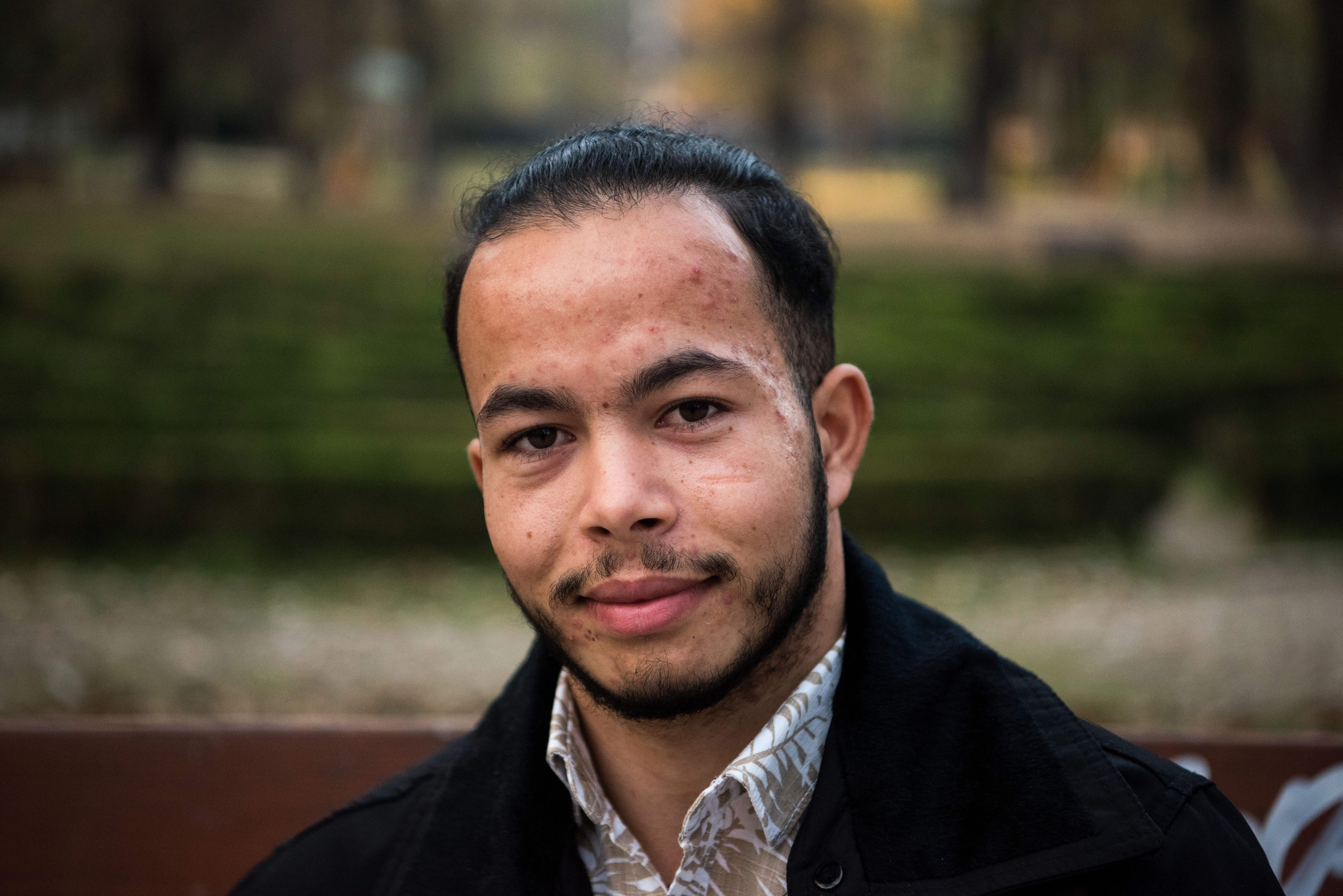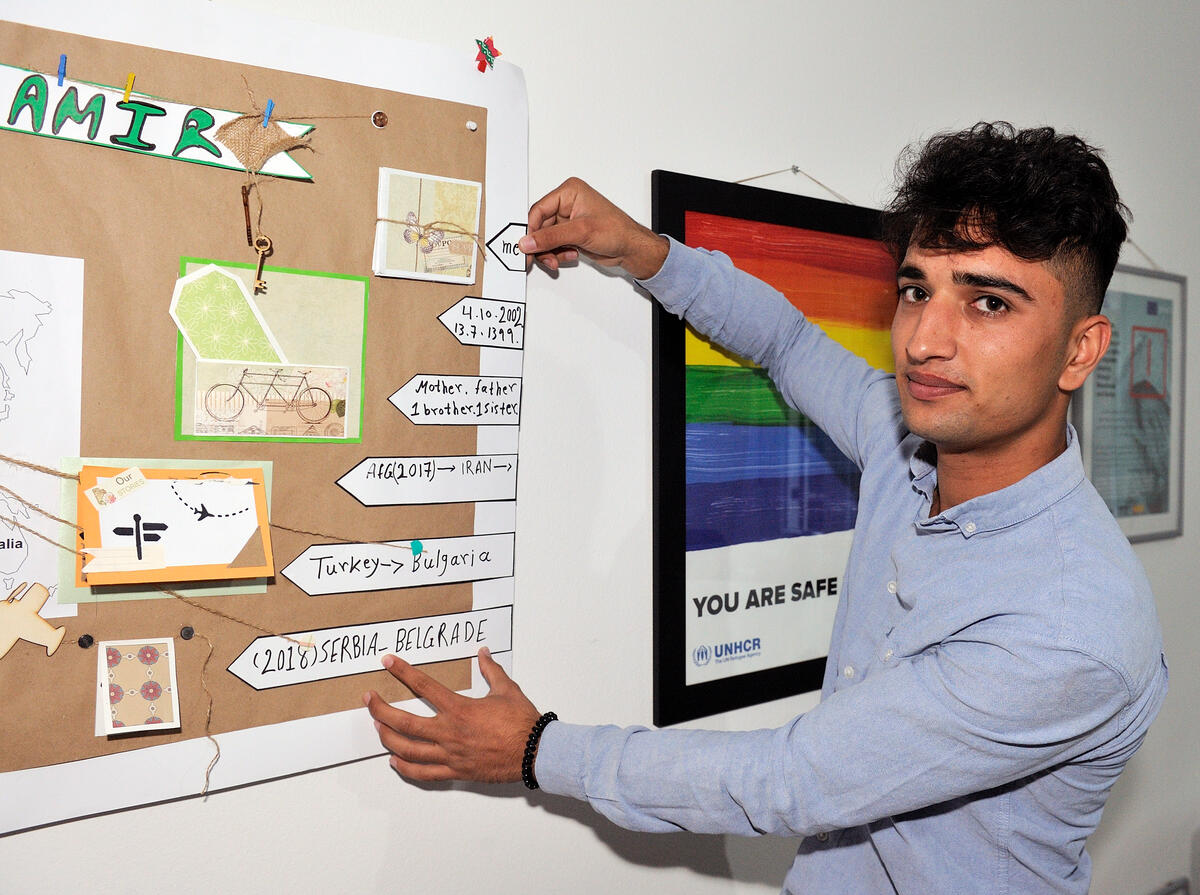Kosovo Crisis Update
Kosovo Crisis Update
Numbers
Returns over the two-day period (19-20 July) numbered just over 6,500. An effort is underway to verify the number of refugees and displaced people remaining in Albania, Bosnia and Herzegovina, the FYR of Macedonia, and Montenegro. Their number has now fallen below 95,000. Most of them are living with host families, many of whom are relatives or friends. Quite of few of these refugees and displaced people may be among those who left Kosovo after the outbreak of the conflict in March 1998 and before the start of NATO airstrikes.
In view of the difficulty of reporting the remaining refugee and displaced populations with precision, the "Numbers at a glance" section of the Kosovo Emergency Update will henceforth report only return movements.
Kosovo
Since the deployment of KFOR in Kosovo, there has been a steady build-up of the humanitarian effort. Around 90 different non-governmental organizations, intergovernmental and bilateral agencies have registered their presence in the province, with new ones arriving daily. UNHCR has set up an Inter-Agency Co-ordination Centre in Pristina and holds co-ordination meetings at its seven offices, in an effort to ensure that humanitarian needs are met and to avoid duplication of work.
UNHCR has also asked countries implementing bilateral aid projects to keep it informed of the nature of the projects, so that it can have a complete overview of activities and chart where assistance is still required.
Today, UNHCR is moving the displaced Roma from the school at Kosovo Polje, where they have been taking shelter for weeks, to a new tented site at Obilic with a capacity of around 5,000. KFOR will provide security at the site. The Roma at the school numbered more than 5,000 at one point. Around 1,500 remain, the others having left on their own.
In Mitrovica, the planned freedom of movement agreement between Serbs and Albanians has not yet been signed, reflecting the fact that the communities remain polarized there following a series of recent incidents. Overnight, between Monday and Tuesday, five Serb families (20 people) were expelled from their apartments on the Albanian side of Mitrovica. On the road from Zubin Potok to Mitrovica on Tuesday, a Serb vehicle was shot at and one woman was killed.
In general, the security situation continues to be of concern. Over the past 48 hours, a spate of incidents have taken place which highlight the difficult environment in Kosovo. On Monday evening, four Kosovo Albanians were found shot dead in an area around 40 km east of Pec; two persons were found dead in Djakovica. Arms and ammunition were found in the car of four persons stopped by KFOR at a checkpoint in Gnjilane. A hand grenade was thrown in Mitrovica but did not result in casualties; a grenade was also found in the centre of Pristina with the pin pulled. In the night of Monday to Tuesday alone, five house fires were reported in Pristina, 11 in Urosevac and four in Prizren.
Unexploded ordnance continues to claim victims: a Kosovar who was gathering wood in an area about 5 km from Pristina airport early this week lost both legs when a cluster bomb exploded.
Albania
The visit of World Bank President James Wolfensohn on 19 July provided an opportunity to focus attention on the shift from the emergency relief phase to rehabilitation work in Albania, which hosted nearly half a million Kosovar refugees between the first arrivals on 27 March and the beginning of repatriation in mid-June.
Mr. Wolfensohn visited the Kukes Prefecture, where most of the Kosovar refugees arrived. Kukes is considered the poorest area in Albania, with 50% unemployment and an average family income of less than $40 per month; nonetheless its population showed extraordinary hospitality to hundreds of thousands of refugees throughout the crisis.
A verification of the number of Kosovar refugees remaining in Albania is currently underway. Fewer than 3,000 remain in collective centres and camps; the number staying privately, mostly with host families, is under review. One unknown factor is the number of refugees who may have left Albania for Italy by boat, in an irregular manner, during the crisis.
FYR of Macedonia
Camp consolidation continues. Following the closure of Stenkovec 1, Bojane and Radusa camps in the past weeks, Senokos and Stenkovec 2 are scheduled to close this week. The approximately 1,300 refugees remaining in Stenkovec 2 and Senokos camps will be regrouped at the Cegrane site, or helped to return to Kosovo if they so wish.
Although most of the camp population has already returned to Kosovo, there are still refugees staying in host families. UNHCR offers bus transportation for those refugees wishing to return to Kosovo from Kumanovo, Tetovo and Skopje.
Truck convoys continue to ferry aid into Kosovo from Skopje. In view of road congestion, UNHCR is planning also to use the rail line to bring relief items into the province. A first shipment of 5,000 tons of timber for house repair is to be shipped into Pristina by rail on seven train wagons in the coming days.
There continues to be a trickle of refugees arriving in the FYR of Macedonia. Yesterday 16 Roma refugees from the Vucitrn area of Kosovo arrived at the Tabanovce border crossing and were allowed to enter.
Serbia and Montenegro
The return of Albanian refugees to Kosovo has been accompanied by a steady exodus of other groups, mainly Serbs and Roma. Arrivals are continuing. UNHCR estimates the number of displaced people from Kosovo in Serbia and Montenegro at 170,000. (Already 130,000 have been registered.) The estimate is based on first-hand field observations by UNHCR staff and on information received from mayors, municipal authorities, local Red Cross branches and (in Serbia), the Refugee Commissioner's Trustees.
In addition, there are more than 500,000 refugees from Croatia and Bosnia and Herzegovina still staying in Serbia and Montenegro, around 40,000 of them in collective centres.
The new displaced people from Kosovo arrive mainly in family groups, with on average four or five children per family. About half of the displaced are children under 16 years of age. There are also elderly and very vulnerable persons among them. Many arrive with no possessions, some come by tractor and a few by car. Some are staying with friends and families, others are housed in more than 30 makeshift collective centres in all parts of Serbia and Montenegro.
In the past week UNHCR has completed deliveries to Red Cross branches of more than 80,000 blankets, 24,000 hygienic kits and sanitary items, tons of soap, as well as jerry cans, stoves, heaters and humanitarian daily rations for distribution to displaced people in the Belgrade, Kraljevo and Bar areas. Planning is under way for the winter season, and in particular for the provision of heating fuel and coal for collective centres.
There are some signs that the policies of the Serbian authorities toward displaced Serbs from Kosovo - in particular denial of acccess to schools and pensions - may encourage them to move on to Montenegro.
Since the deployment of KFOR in Kosovo, around 23,000 Serbs and Roma have entered Montenegro directly from Kosovo. Although at the beginning the new arrivals were mainly Serbs, since early July, four times more Roma have come than ethnic Serbs. The problem of accommodation for the Roma is acute. A group who had been living rough near the port of Bar (apparently in hope of getting on a ship to Italy) was moved by the authorities to Ulcinj, where accommodation was available in a tented camp. Upon arrival in Ulcinj the Roma refused the accommodation and moved themselves to Podgorica.
A joint UNHCR/WFP Food Needs Assessment mission which visited Serbia and Montenegro has completed its field work and its conclusions are expected soon.
A variety of organizations are doing assessments of war damage. The group called FOCUS issued a report expressing particular concern about the environmental damage caused by the release of toxic substances into the environment during the bombing. The report urged particular attention to the areas of Novi Sad, Pancevo, Kragujevac and Kraljevo. A team from the UN Environment Programme is currently in the area as well.
Returns from outside the region
Over 80% of the Kosovars who sought refuge in Turkey have already returned home. As of 20 July, more than 14,700 Kosovars were recorded as having left Turkey spontaneously, the great majority by bus or car, and a small number by commercial flight. Only 2,000 Kosovars remained at the camp at Kirklareli. The exact number staying in urban areas is not known, but is believed to be only around 1,000.
Returns from other countries continue. As of 20 July, over 6,000 Kosovars had returned from 12 different countries (other than Turkey), on flights to Skopje. In France, where just over 6,000 Kosovars are still housed in 140 different collective centres throughout the country, the government, in co-ordination with UNHCR and IOM, will offer organized transport for Kosovars wishing to return home as of early August. The returnees will be provided with a travel document and with a cash grant to help in their reintegration.








